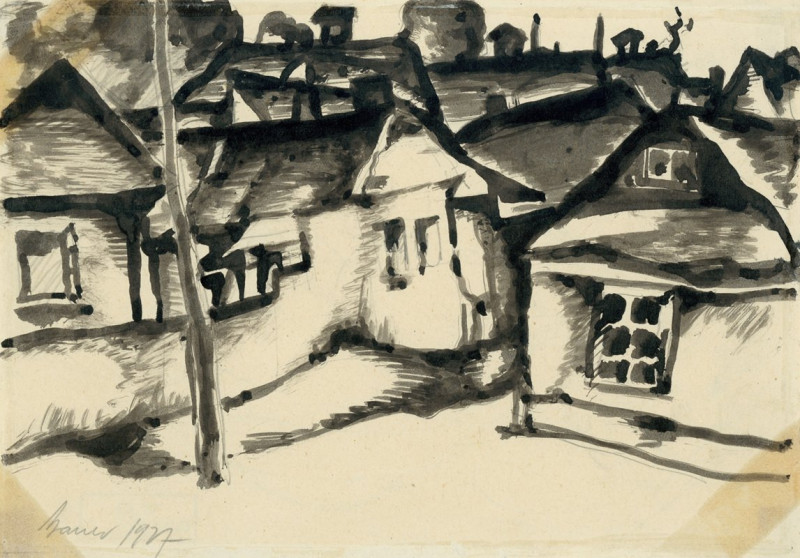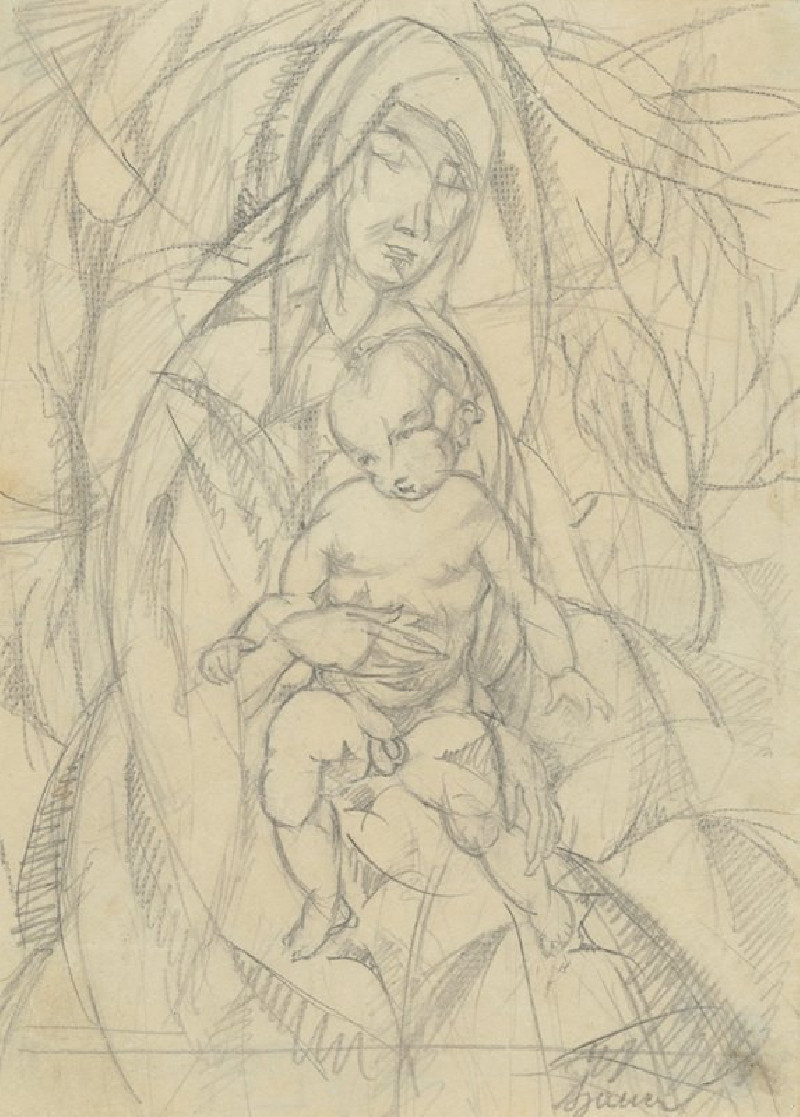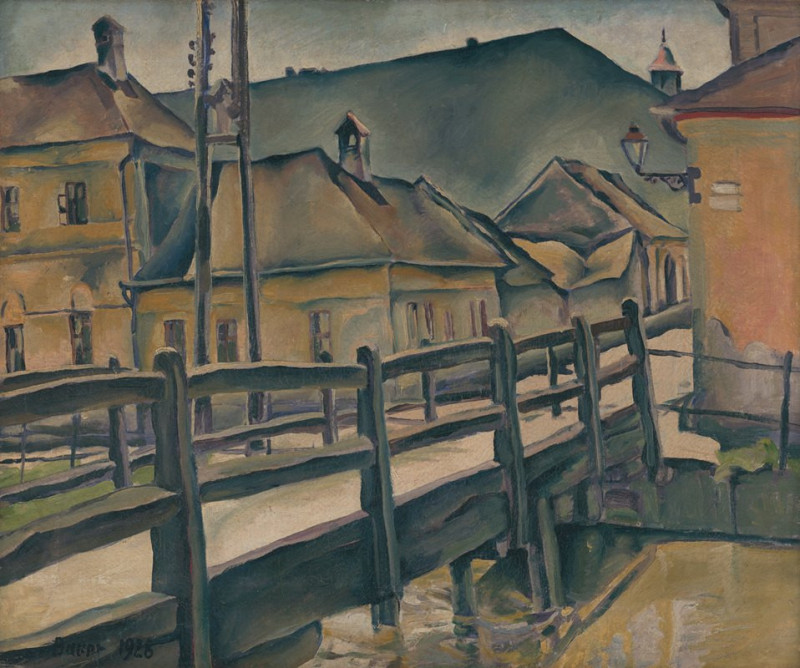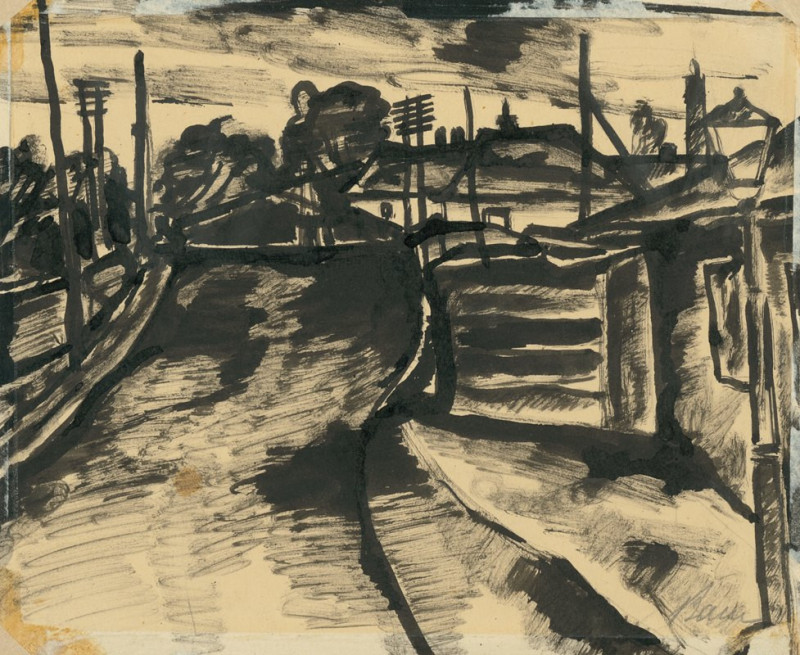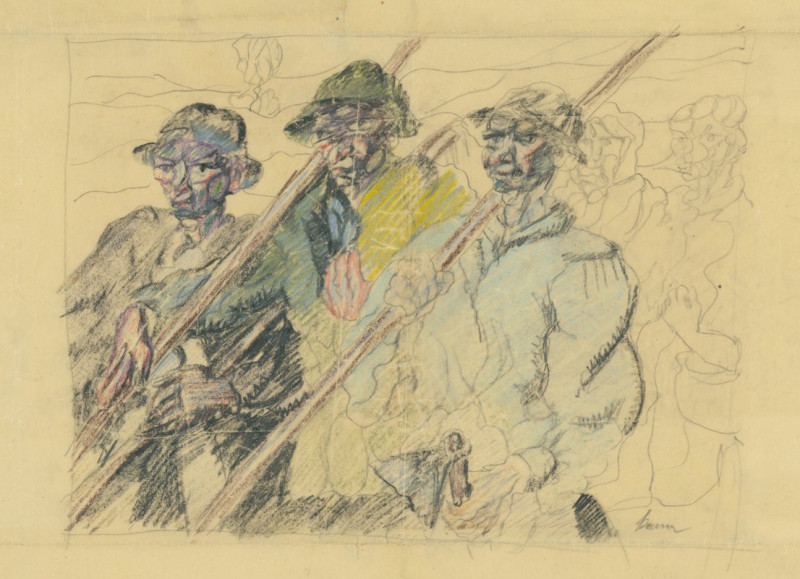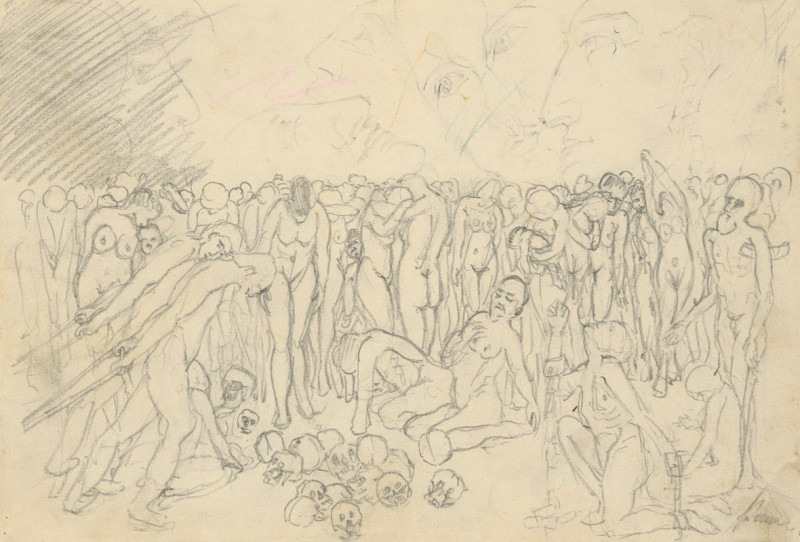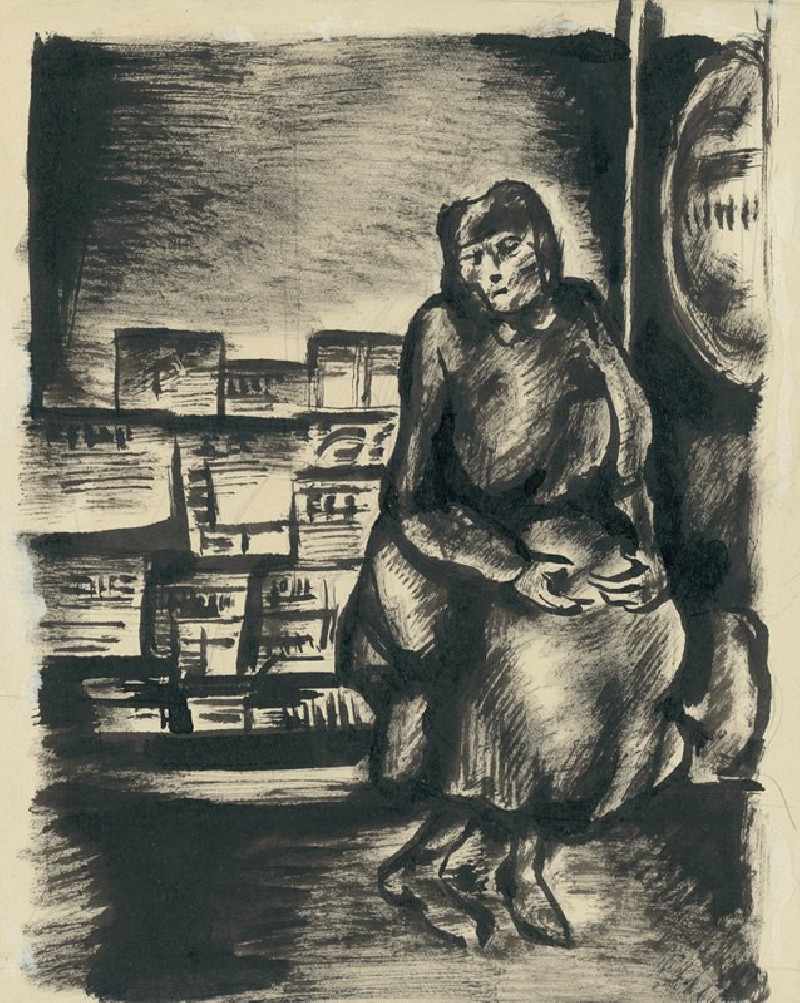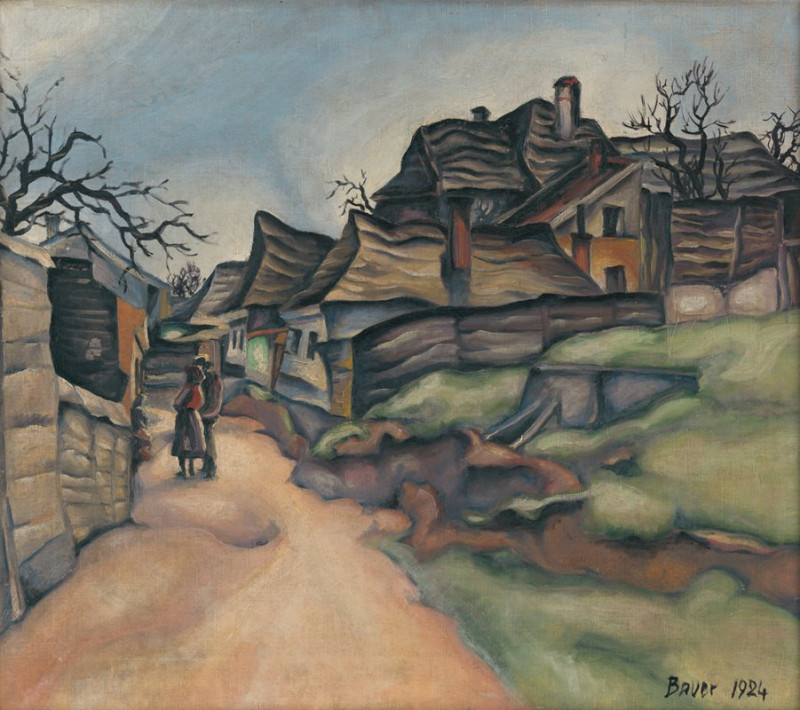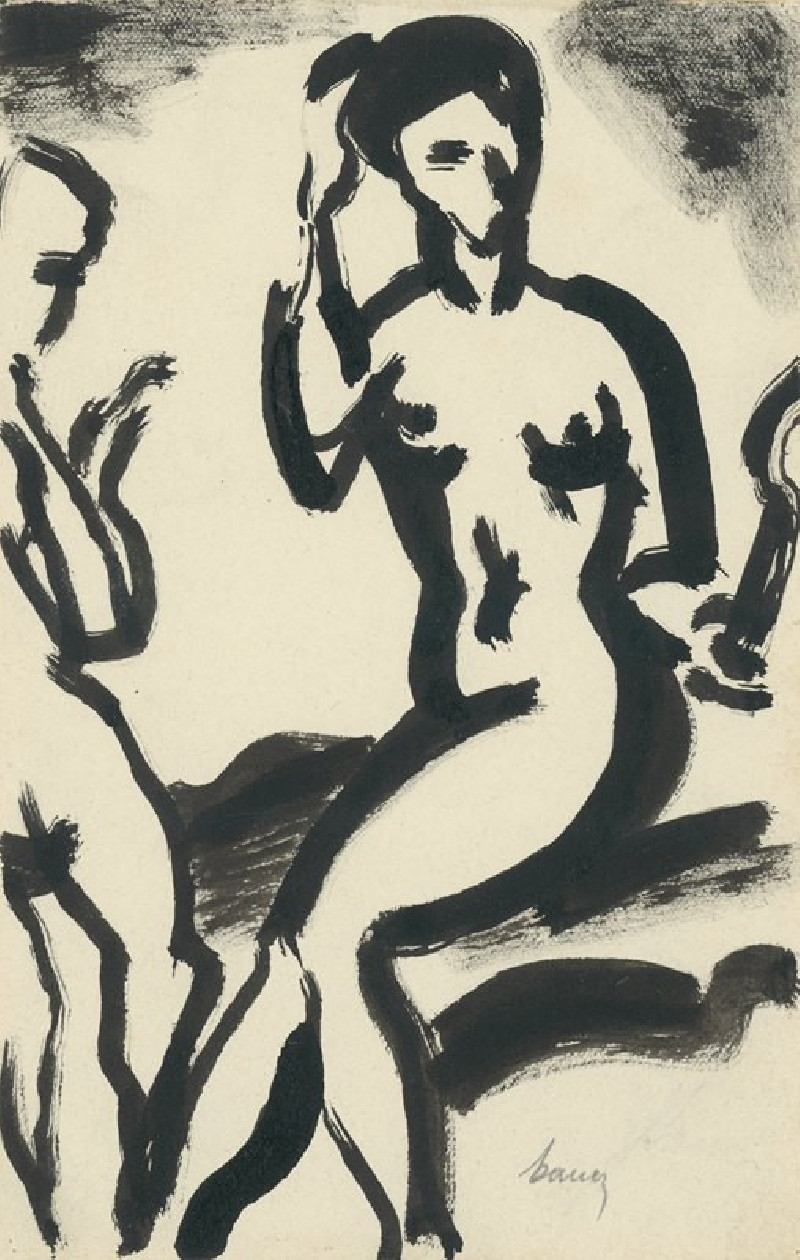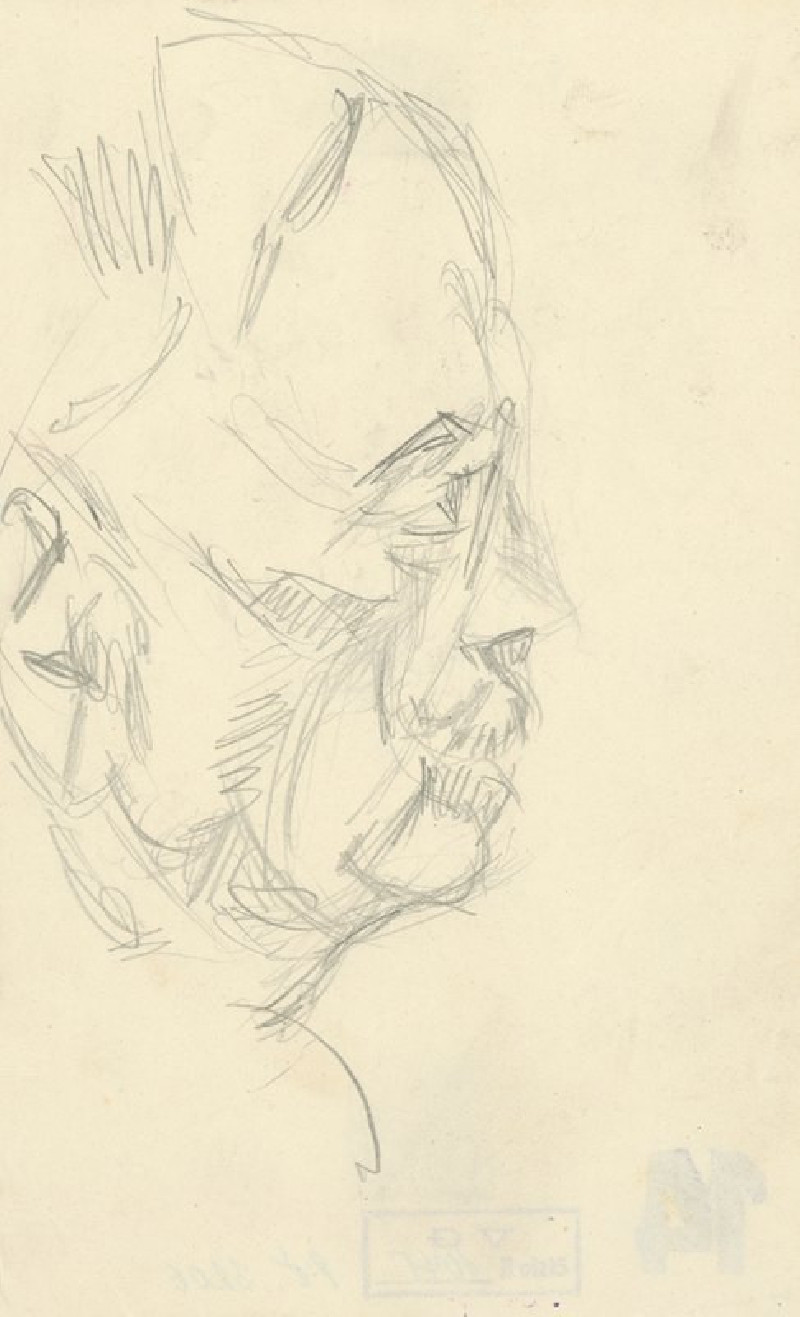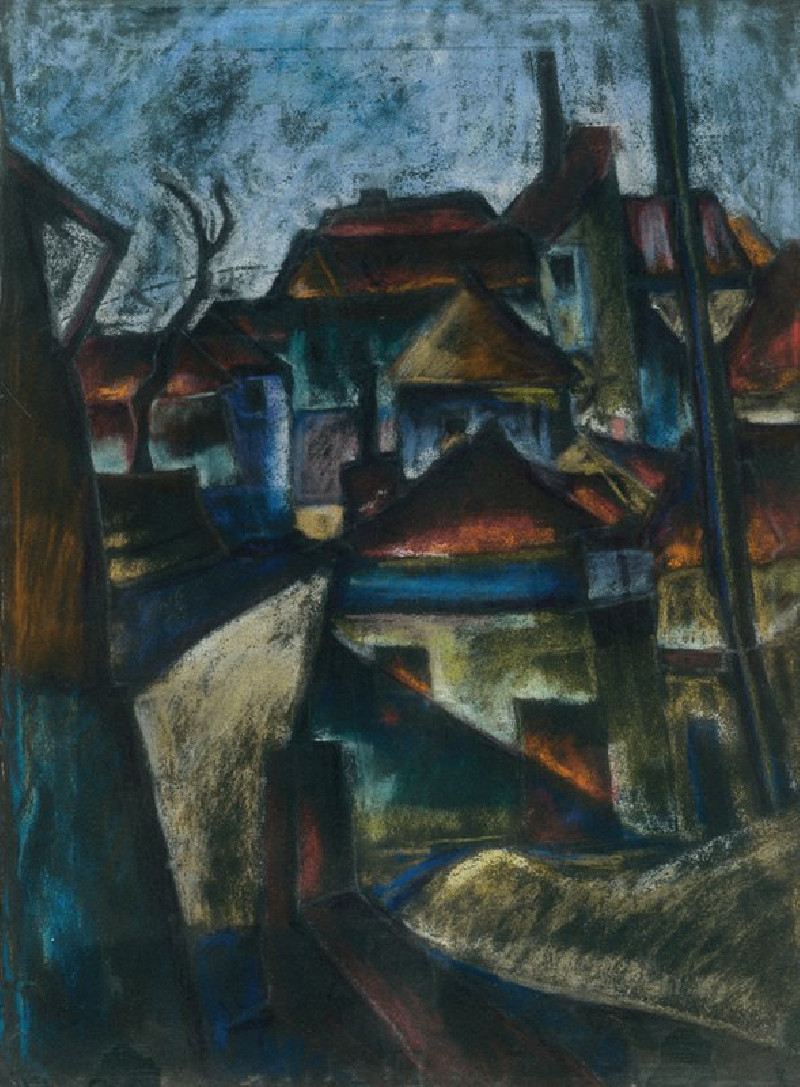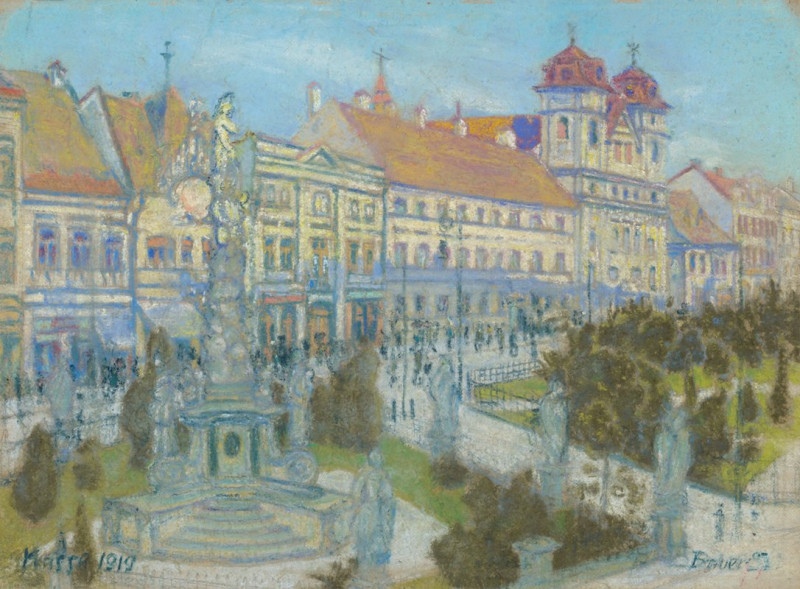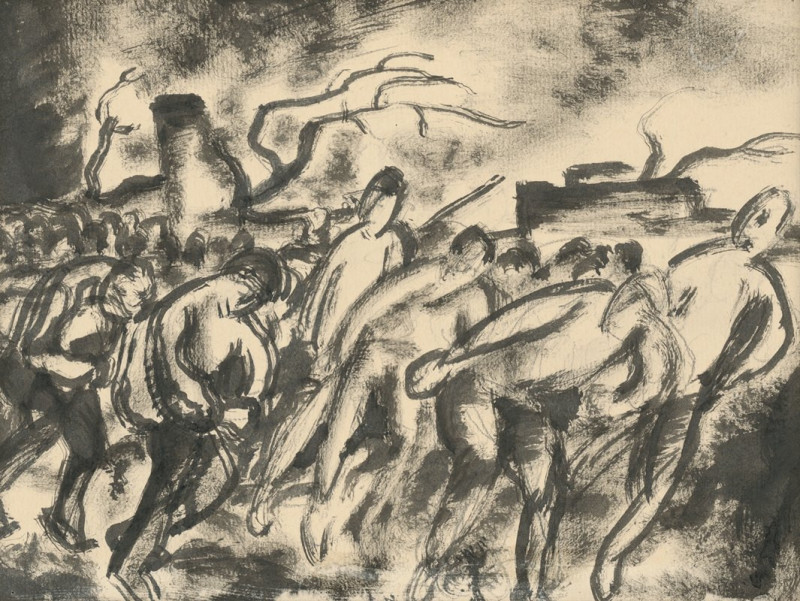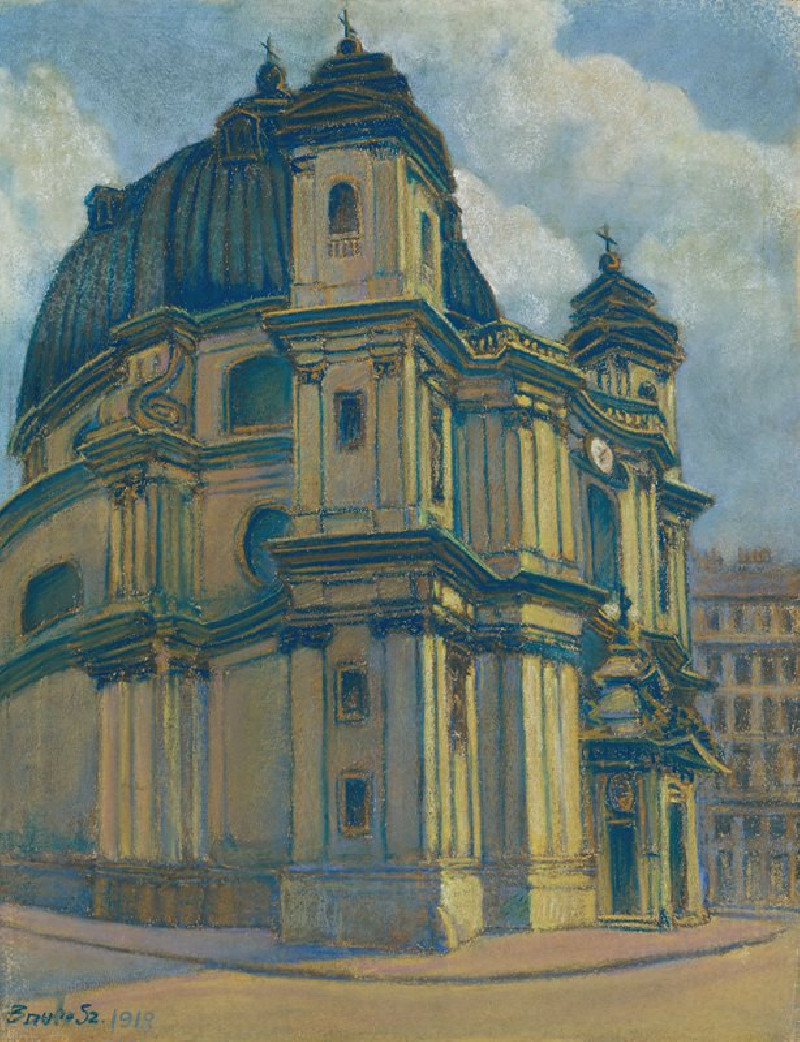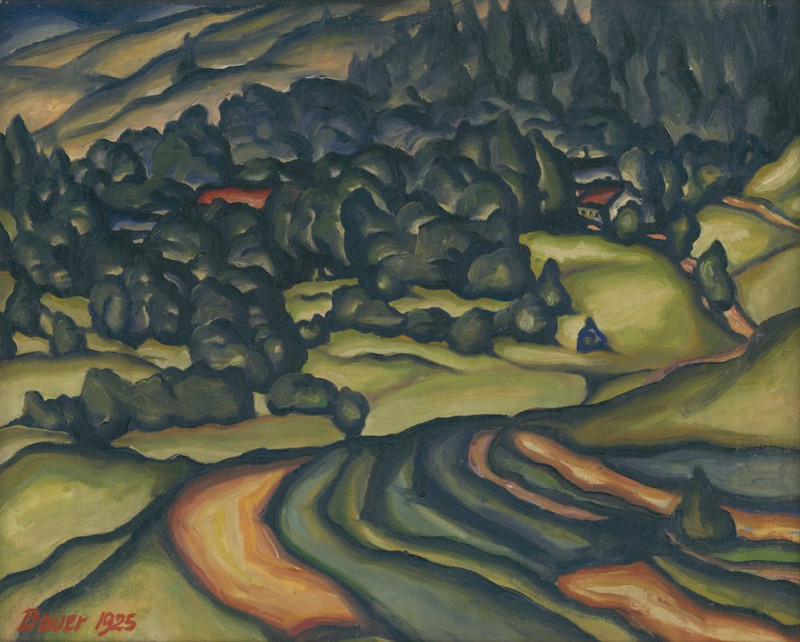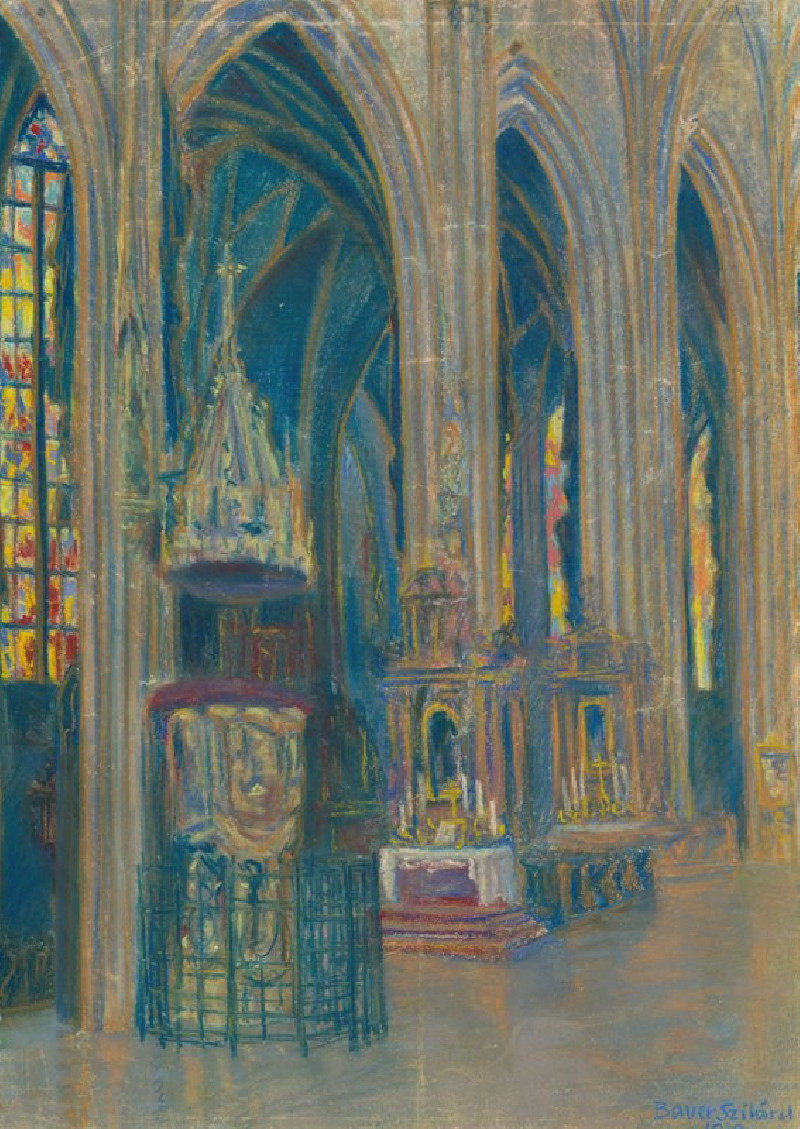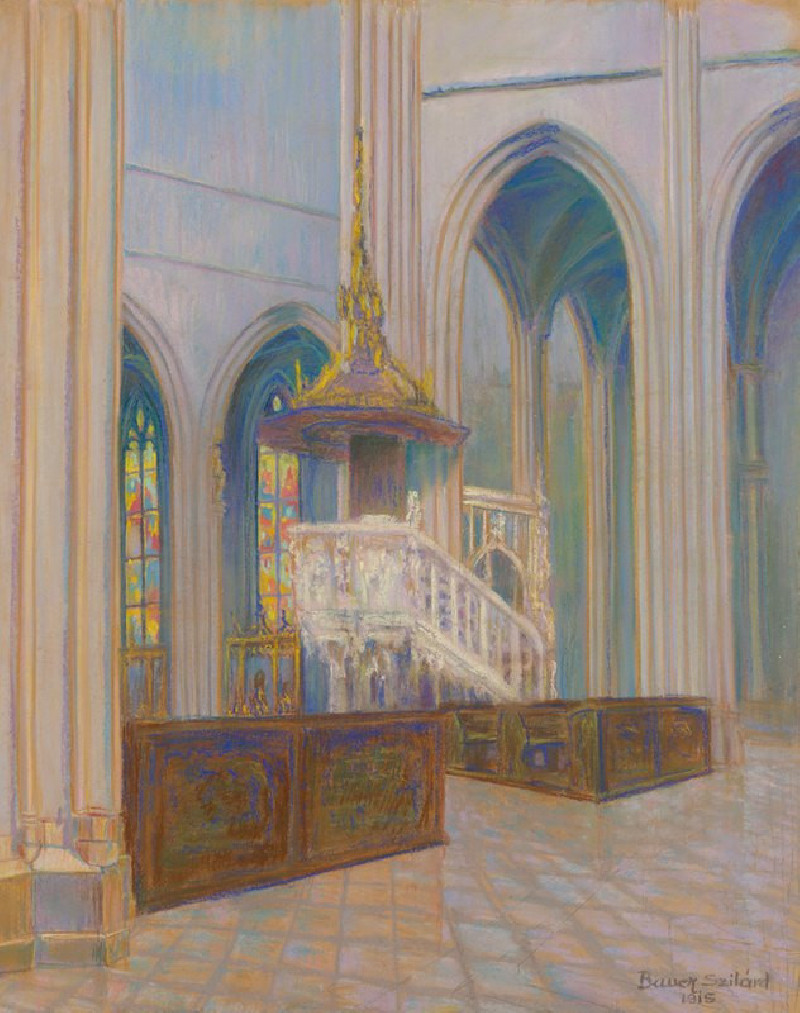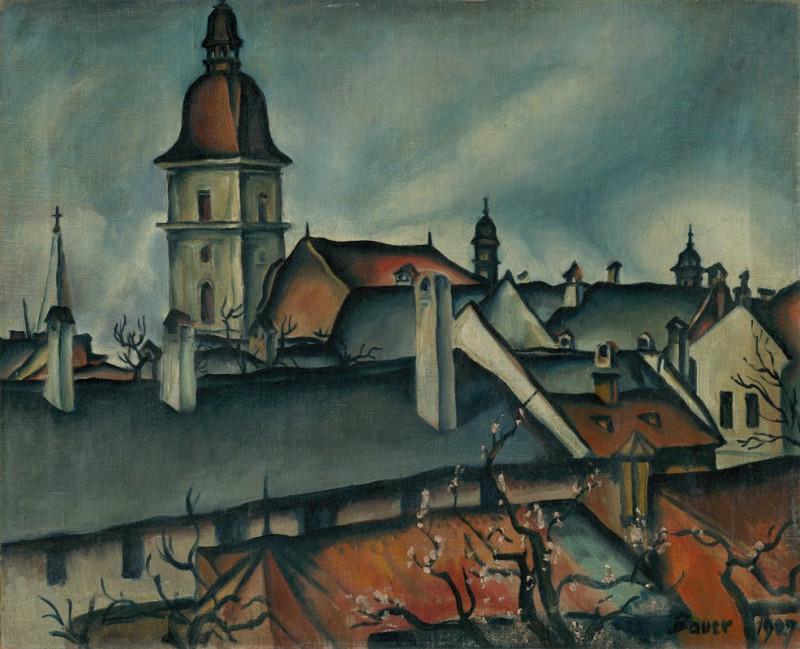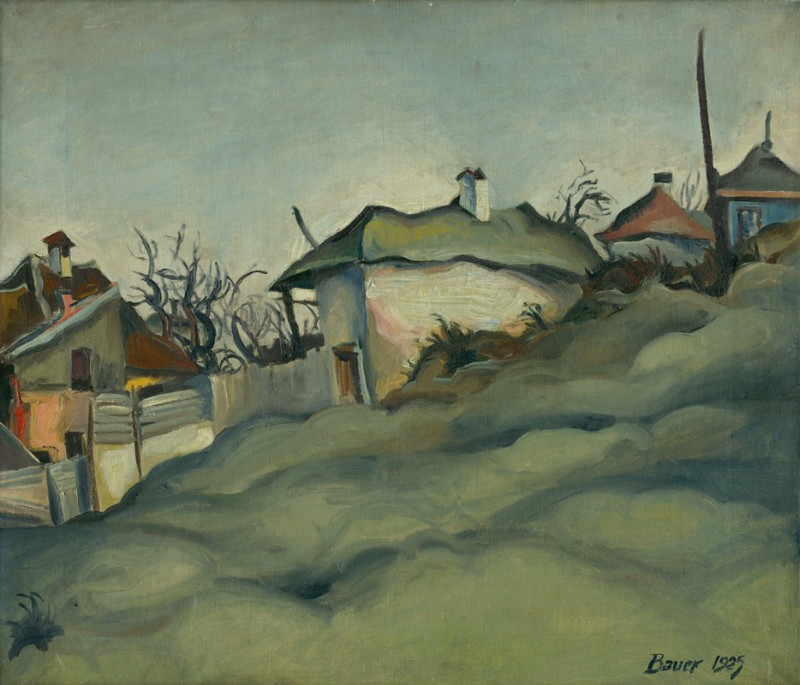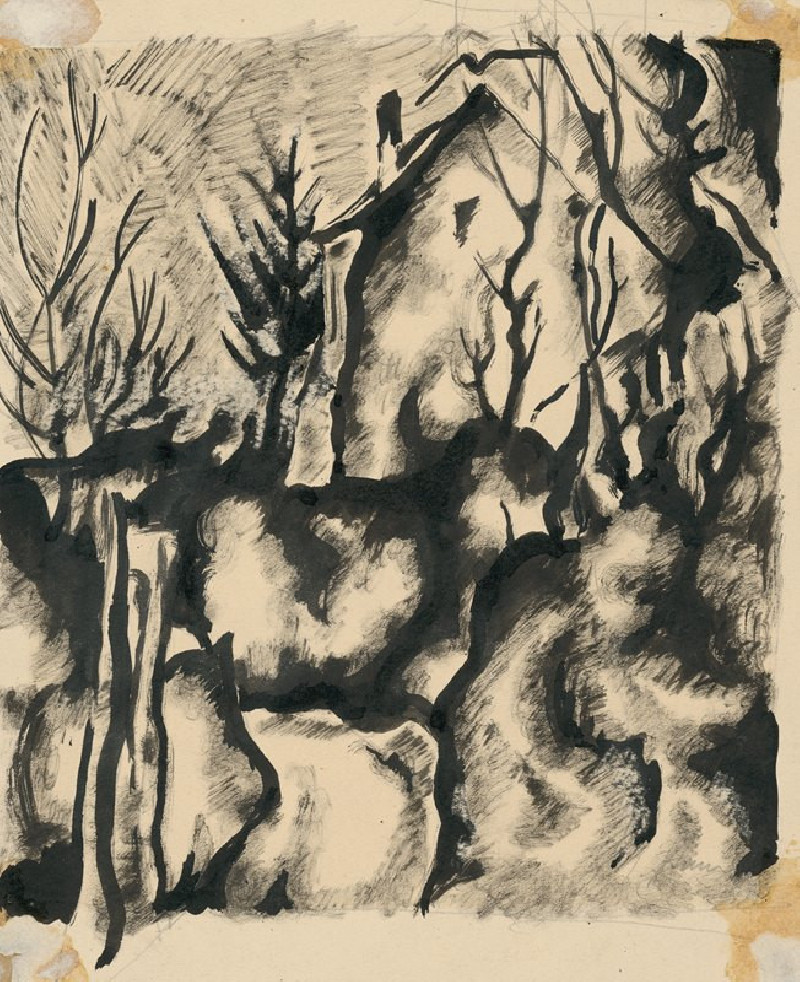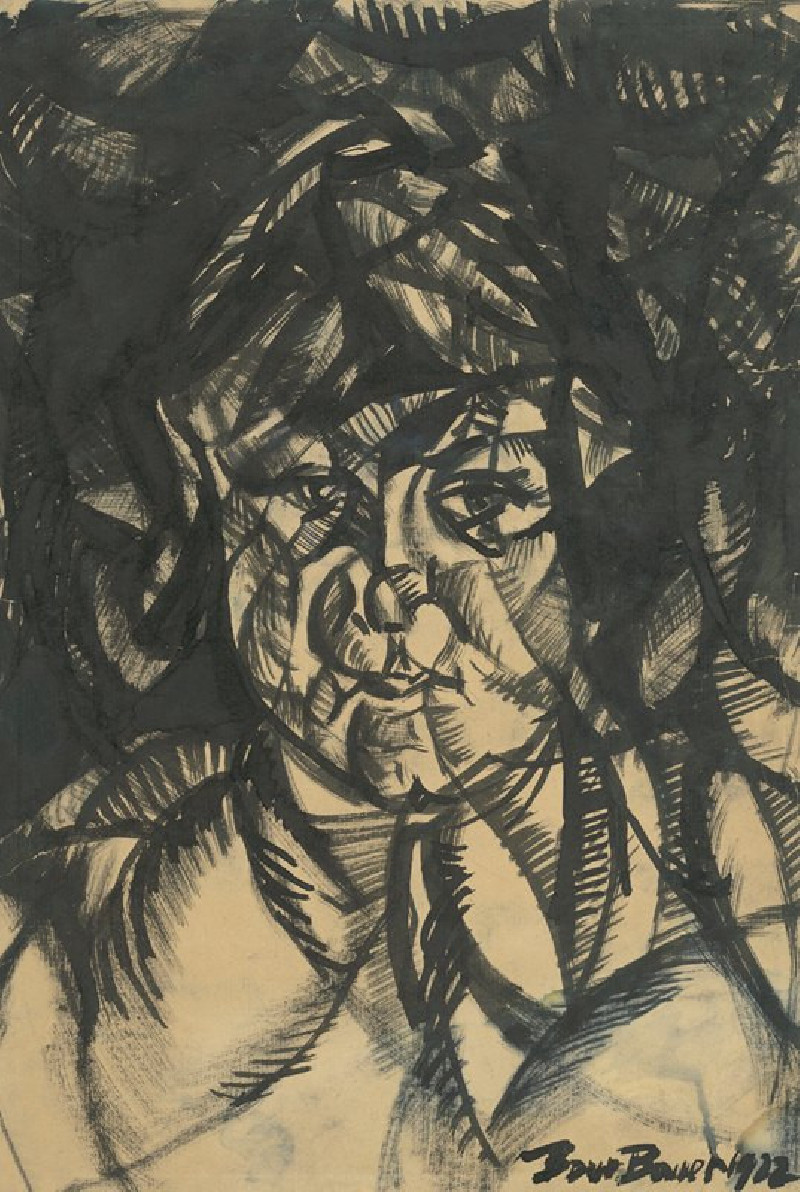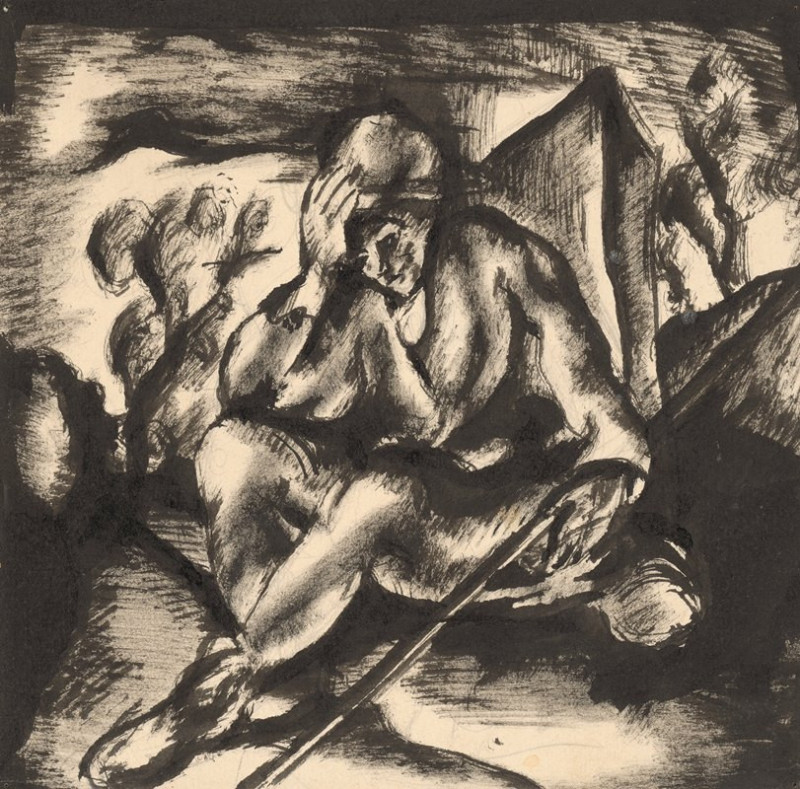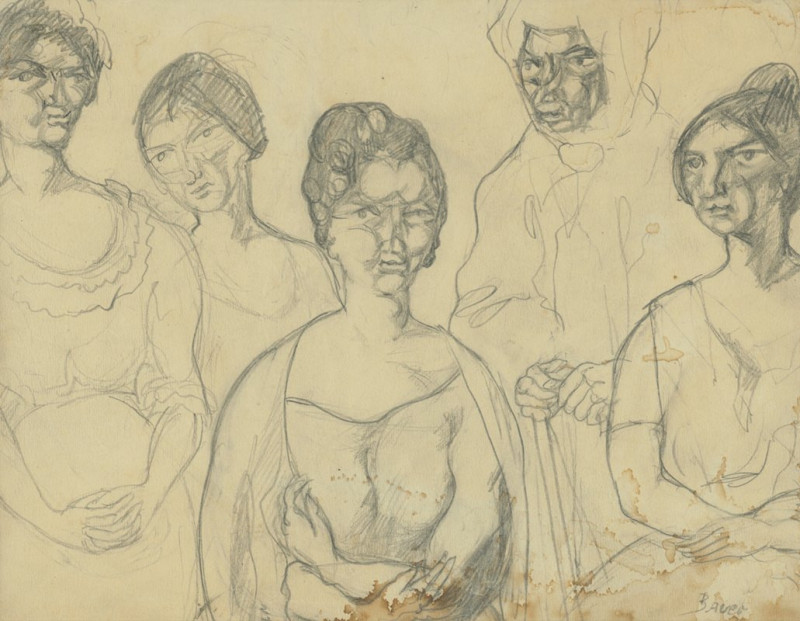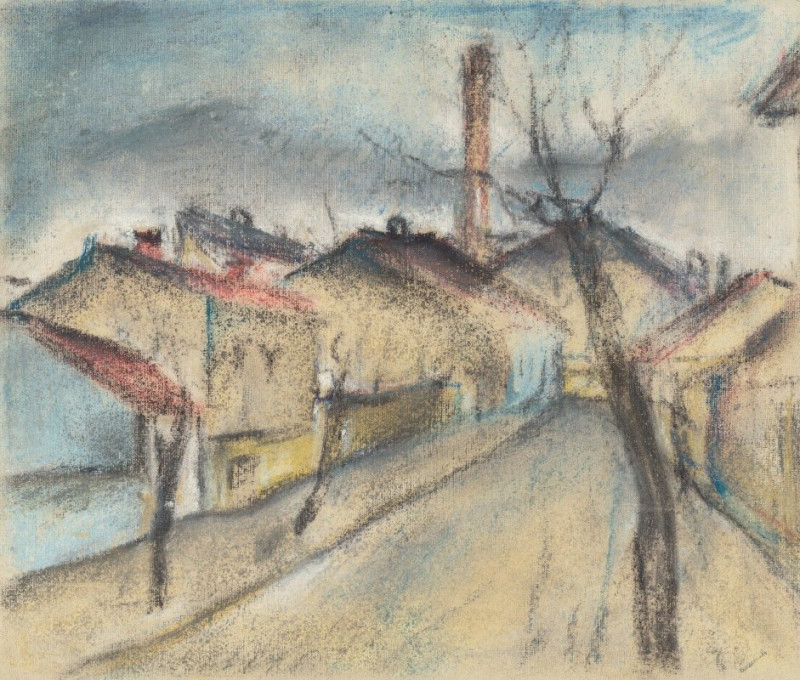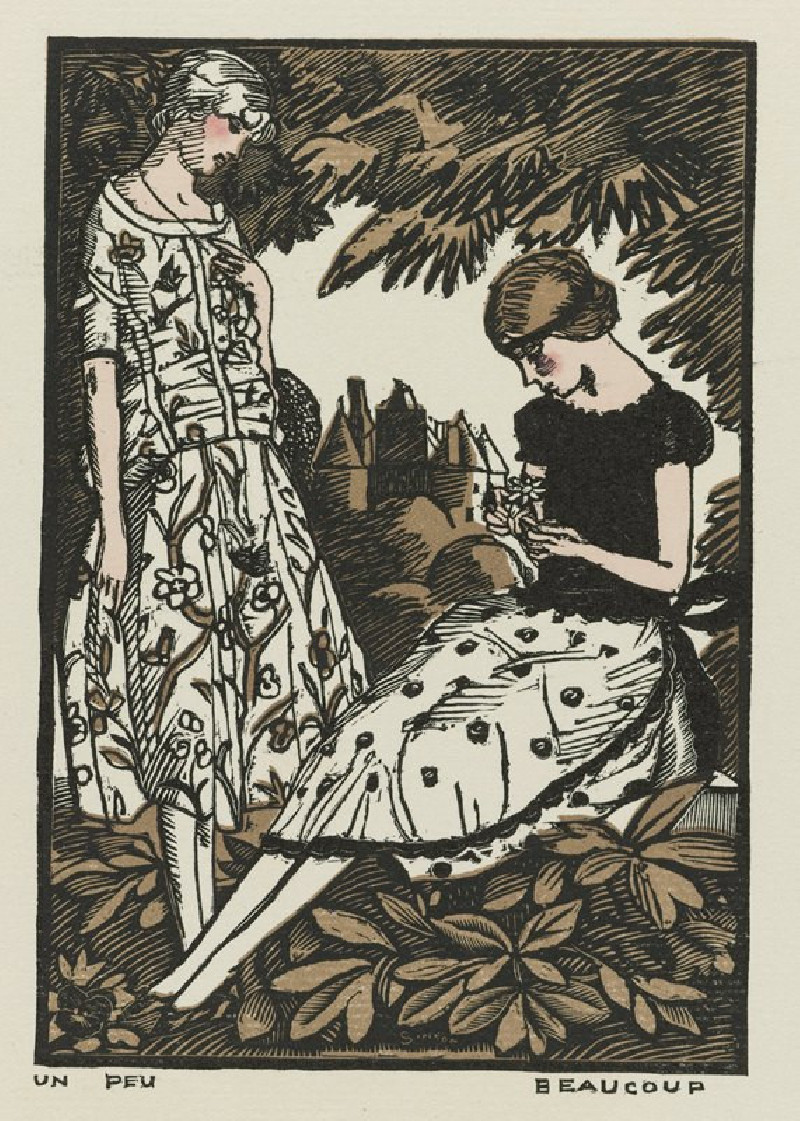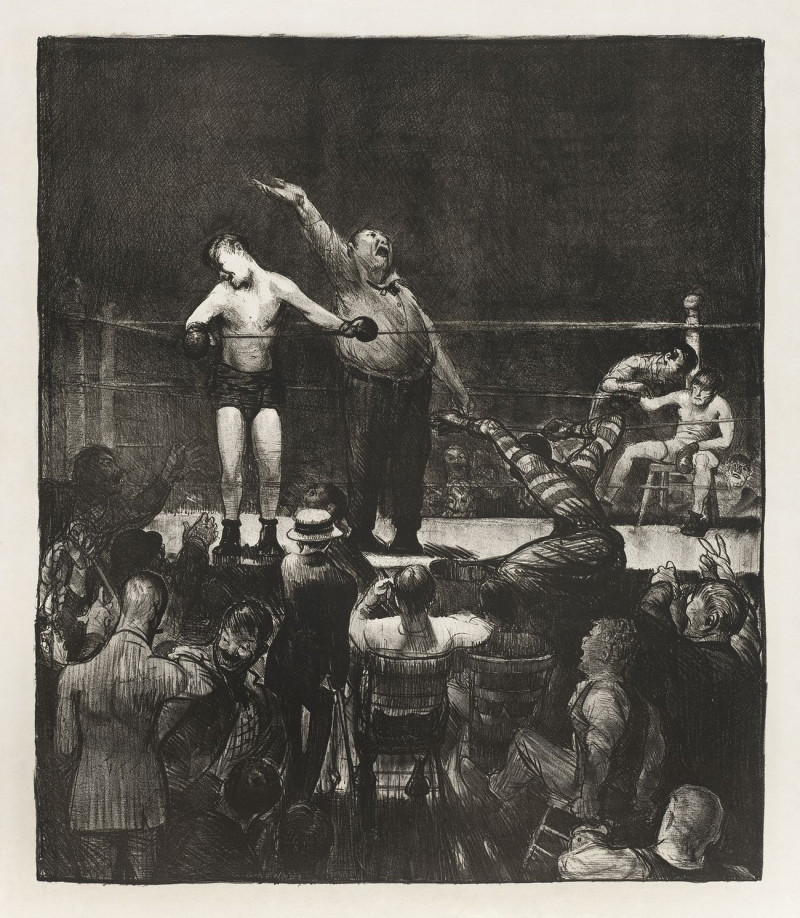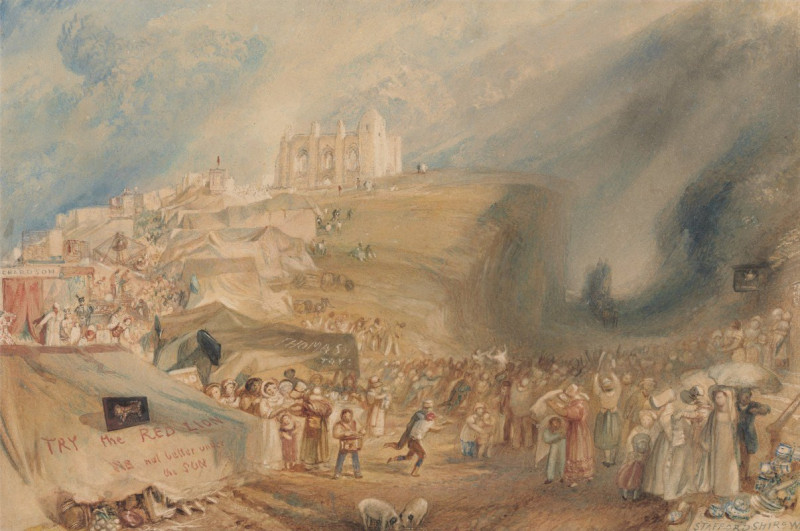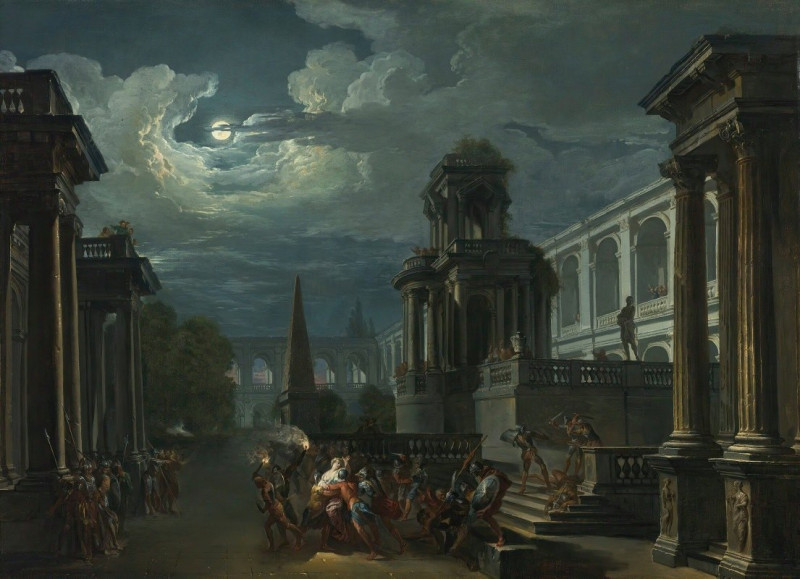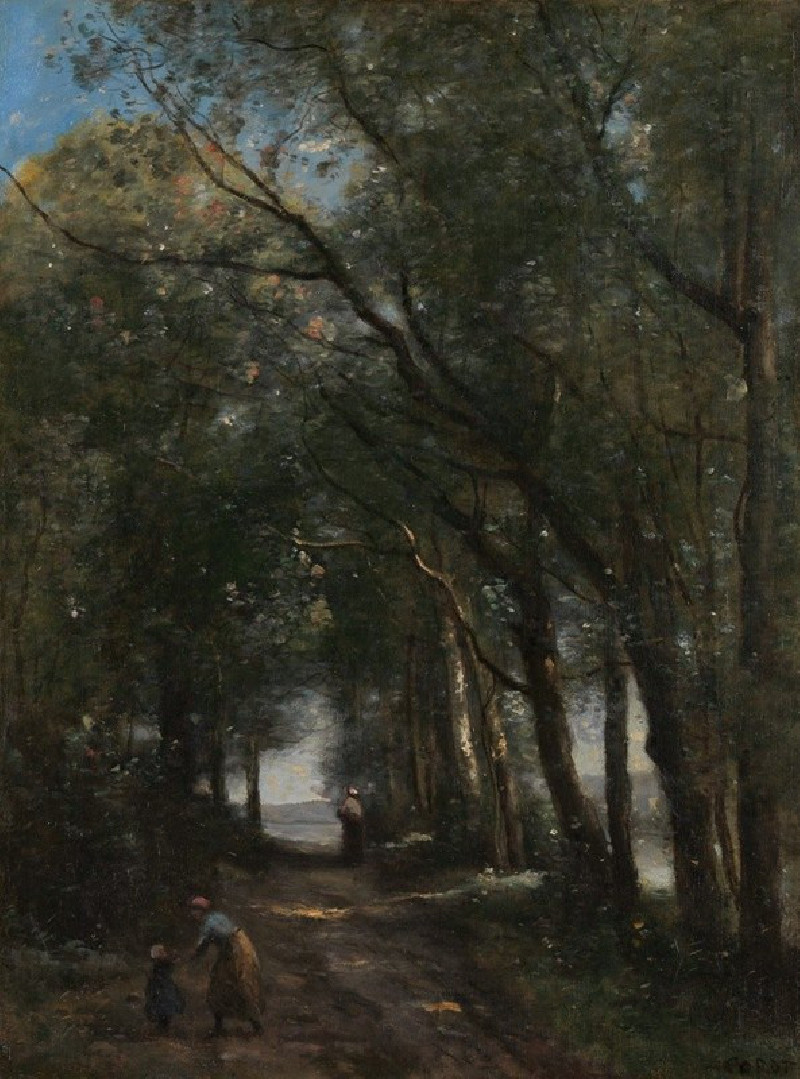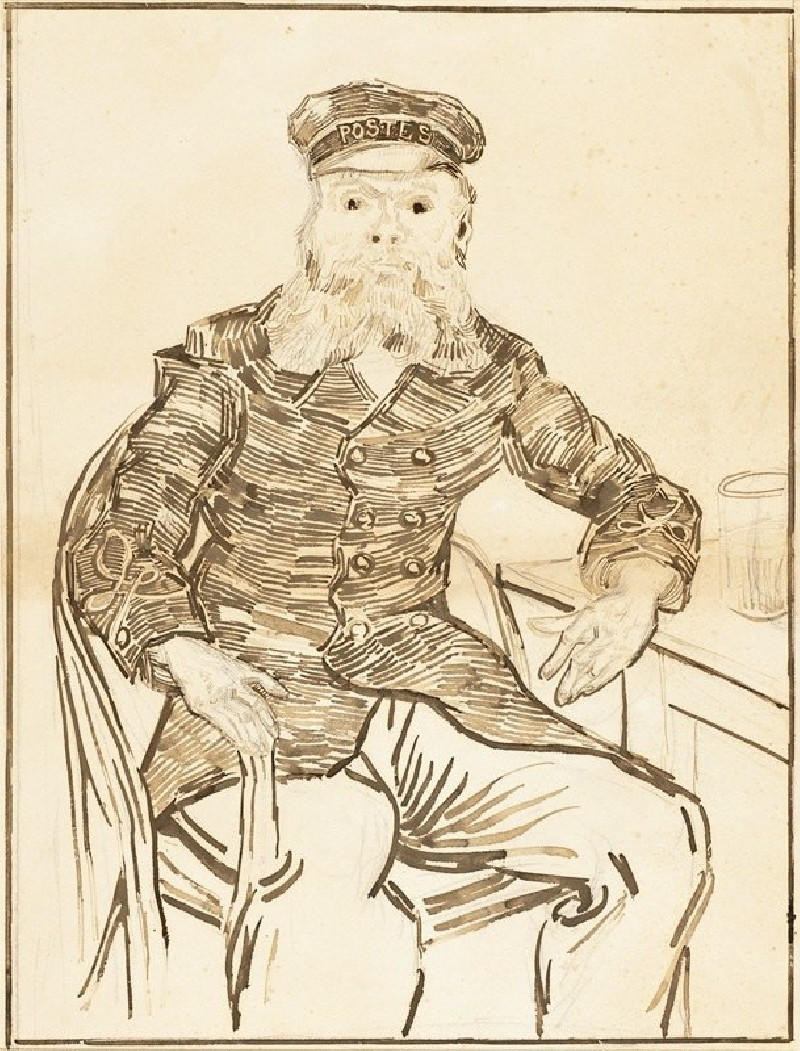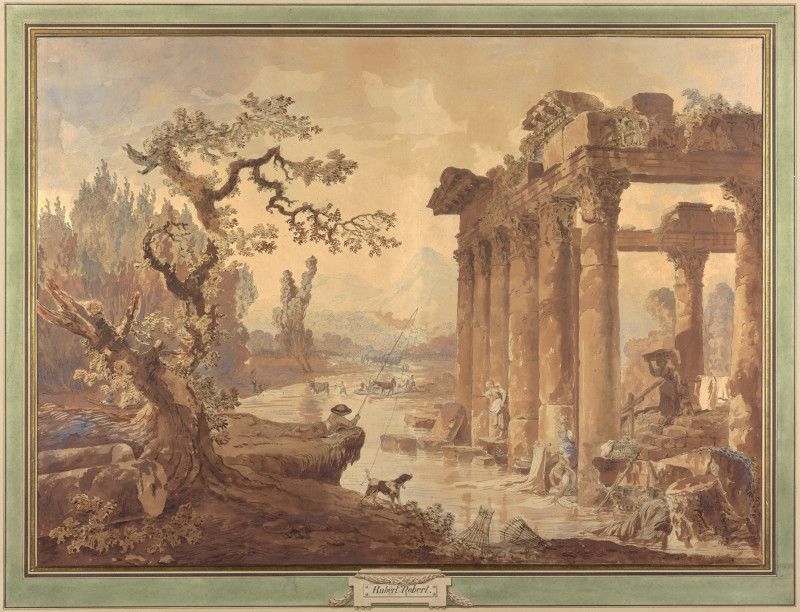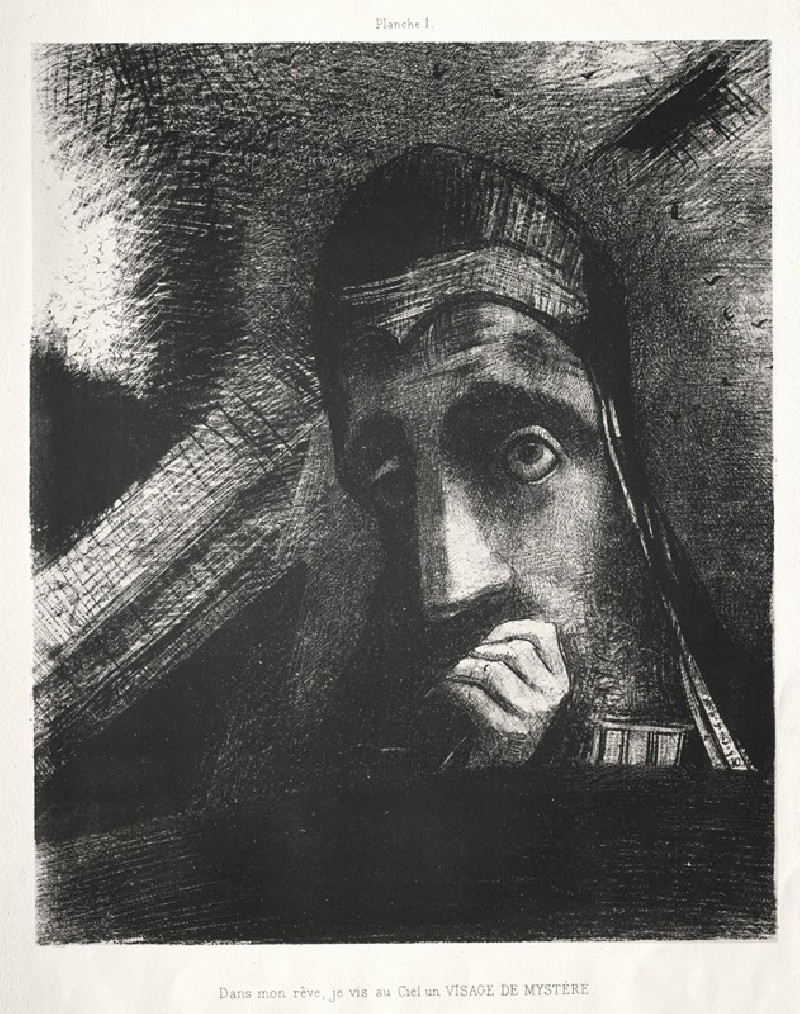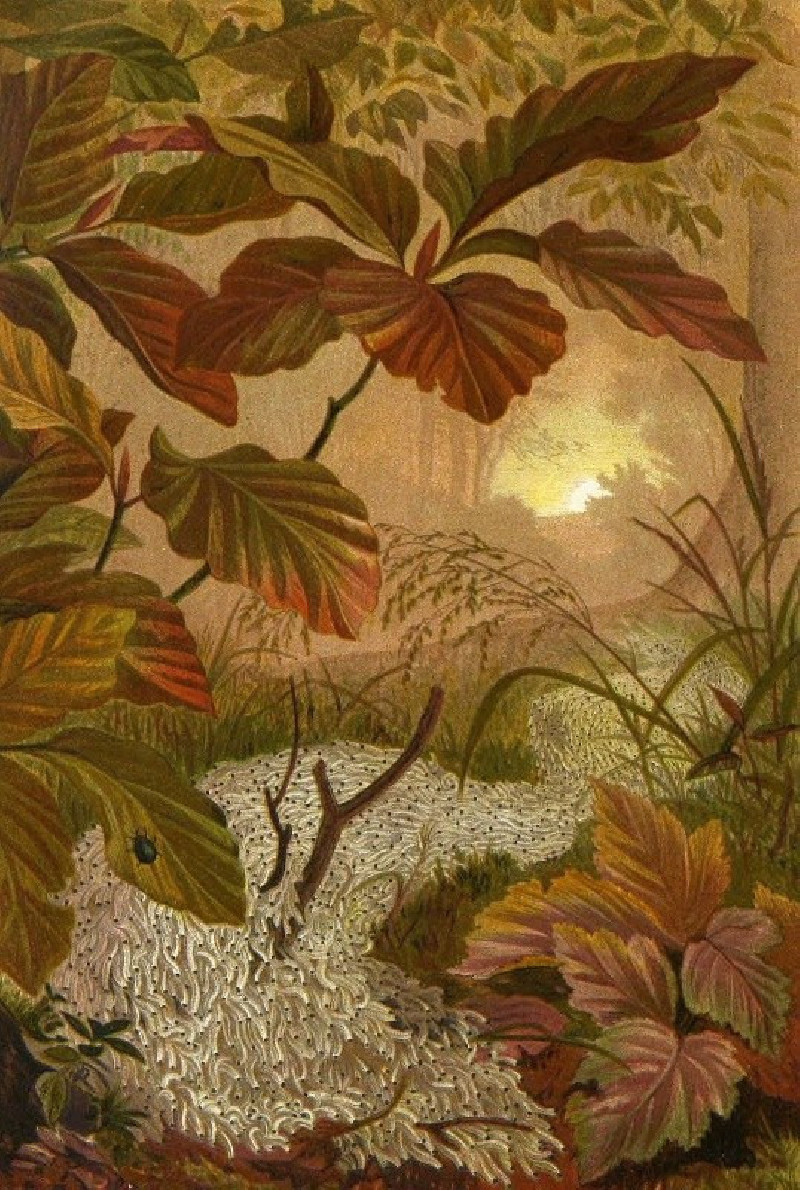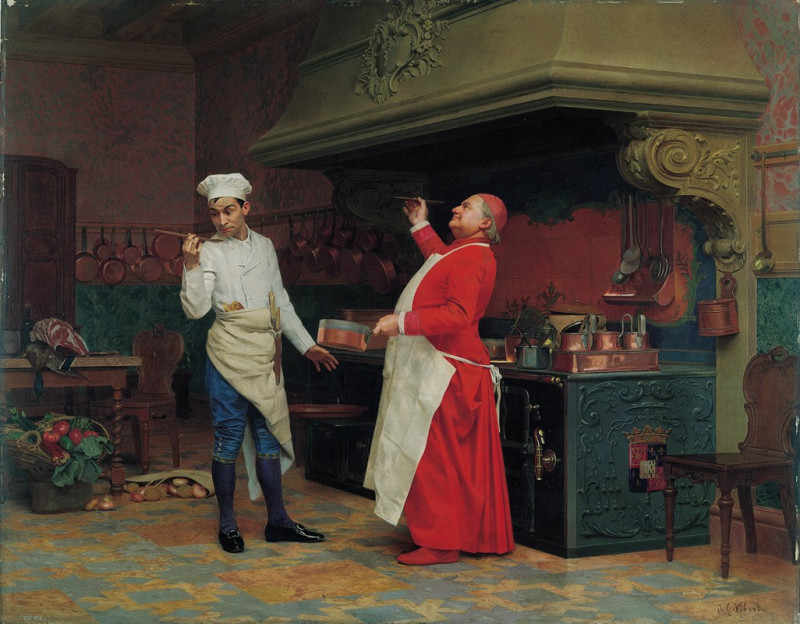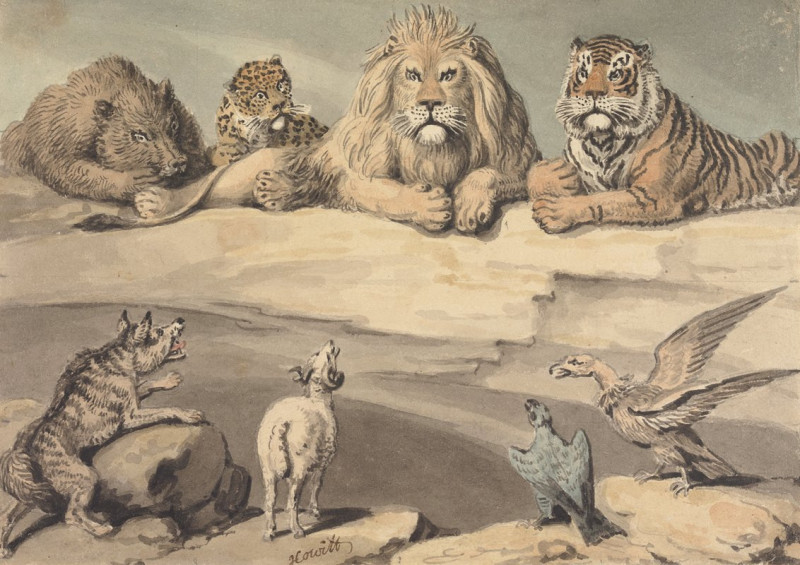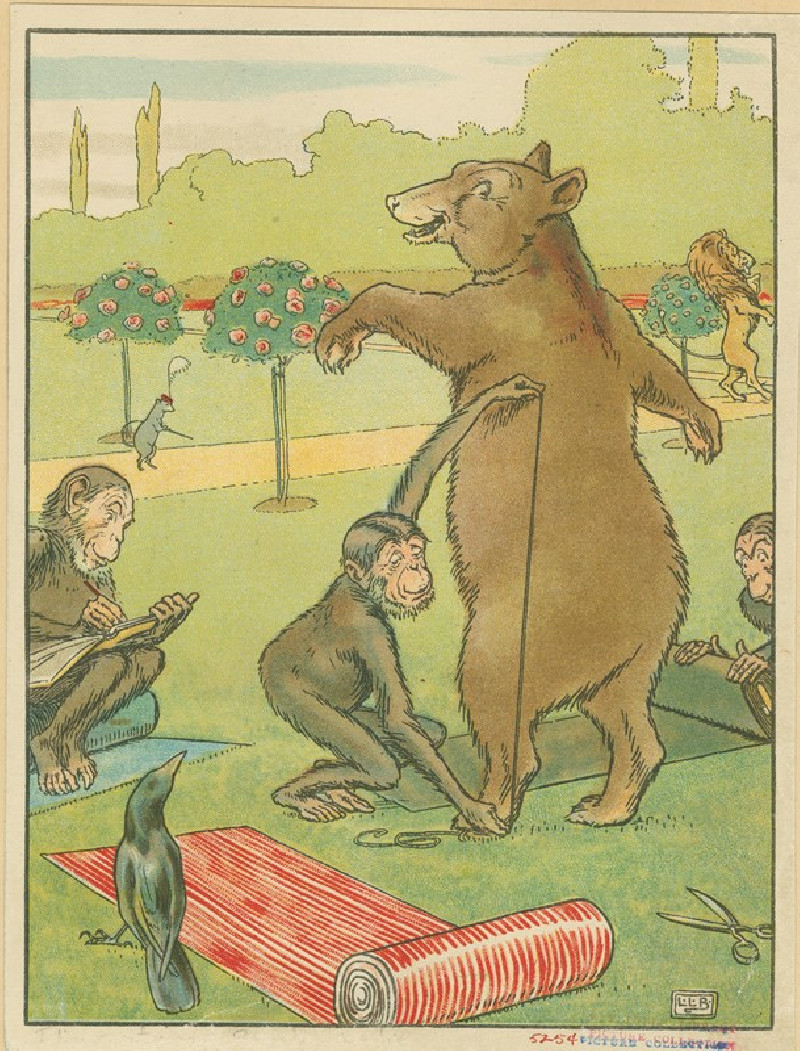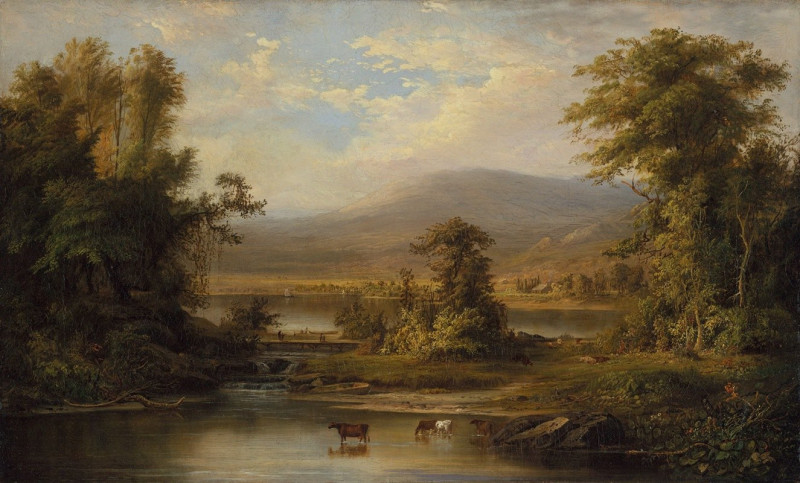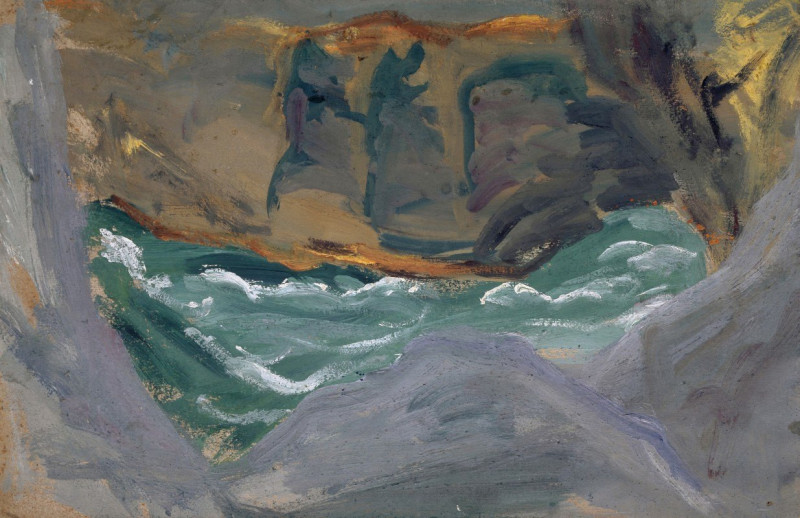Skupina domčekov (1927)
Technique: Giclée quality print
Recommended by our customers
More about this artwork
In the serene monochrome watercolor painting titled "Skupina domčekov" (1927) by Konštantín Bauer, viewers are invited into a humble, yet evocative village scene. This artwork beautifully captures a cluster of houses, rendered with a fluidity and grace that belies the simplicity of its rural subject. Bauer's use of varying shades of black and gray wash creates depth and texture, giving life to the architectural forms and the surrounding landscape.The painting's focus is on a group of quaint cottages with sharply pitched roofs, perhaps indicative of a Central European village setting. The structures are characterized by their rustic charm, with dark, pronounced eaves and irregular windows that add to their whimsical appearance. Shadows are masterfully rendered, suggesting the soft light of either early morning or late afternoon, which gently bathes the scene in a quiet, contemplative mood.Foreground details are minimal yet poignant—a lone pole stands assertively, perhaps a subtle nod to the presence of modernity encroaching upon this timeless scene. In the background, minimalist strokes denote distant trees and possibly other buildings, their forms melting into the horizon, suggesting the expanse of the rural landscape beyond the immediate cluster of homes.Bauer's work in "Skupina domčekov" is not just a representation of a place, but an invitation to experience the tranquility and the enduring spirit of rural life through his eyes.
Delivery
Returns
Konštantín Bauer was a Slovak painter.
Konštantín Bauer was born on November 24, 1893 in Slovenská Ľupča. He spent his childhood in Banská Bystrica. At the age of fifteen, he moved with his parents to Košice, where he graduated from high school. After graduating in mechanical engineering in Budapest in 1915, he worked briefly as an engineer in Novo Mesto pod Šiatrom. From 1916 to 1918 he worked as a railway engineer in Transylvania and then as a civilian employee at the Ministry of War in Vienna.

